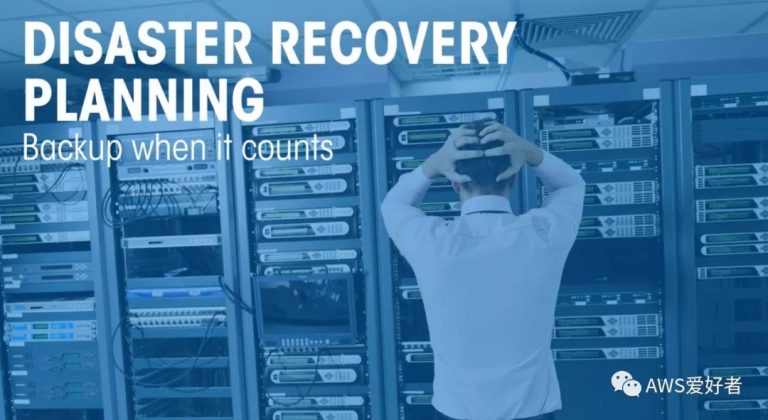
Disaster recovery is the process of preparing for potential disruptive events that could impact an organization’s ability to operate and serve customers. It includes strategies like backups and recovery time objectives (RPO and RTO) to limit the amount of downtime that would be acceptable after a crisis.
Innovative technologies like cloud-based data storage and backups simplify archive maintenance, increase backup effectiveness and reduce the cost of disaster recovery.
Resilience
Resilience is a concept that has gotten more attention lately as a way to help communities recover quickly from disasters. It is sometimes compared to an elastic band that springs back to its original shape after being stretched.
Resilient people have a strong sense of purpose and support from family and friends, and are skilled at processing their emotions. They are also able to take an optimistic view of adversity and understand that it won’t last forever.
Resilience is a process that involves learning, adapting and anticipating. Communities can build resilience by reducing pre-disaster vulnerabilities and planning to reduce disaster risks. They can also identify current policies that weaken hazard mitigation and implement new ones to improve their ability to withstand and recover from a disaster. For example, a business owner might choose to move to a more resilient location that can better handle commercial power outages, and schedule refueling for his backup generators. The result is that the organization will be more prepared to quickly and fully recover from a disaster.
Recovery Time Objectives
The goal of recovery time objectives (RTO) is to set how long your business can tolerate downtime after a disaster. RTOs are calculated through a business impact analysis (BIA), which helps you determine how critical each service is to the success of your company. For example, a payment system might have a lower RTO than a photo upload service because failed payments could immediately cause a financial loss.
It’s important to communicate your RTOs with key stakeholders like executives, IT staff and departments, so they can help you develop a backup and recovery strategy that meets these requirements. This also ensures that everyone understands what tolerance levels you can set for downtime and data loss.
The right technology and infrastructure solutions can drastically reduce your RTO, minimizing the risk of downtime and reducing potential financial losses. A cloud-native backup and recovery solution that is optimized for the cloud can help you meet your RTO goals while delivering more robust data resilience.
Recovery Point Objectives
RPOs determine how much data your business can afford to lose in the event of a disaster. Specifically, they define how often backups need to be taken to ensure no more than a certain amount of data changes are lost between each backup.
For example, if you have an RPO of one hour, you will need to back up your data every hour. In addition, your backups will need to be stored in a way that prevents data loss, like external, redundant hard drives or cloud storage.
Just like a recovery time objective, RPO needs to be determined in tandem with a comprehensive disaster recovery plan. It is also wise to regularly evaluate RPO settings and test your backups to ensure that they are accurate. It’s important to understand that most business managers and application owners will demand zero downtime and zero data loss, but it’s not realistic or cost-effective to attain these goals without a backup and disaster recovery strategy in place.
Control Measures
The goal of disaster recovery is to get business systems up and running as soon as possible. This reduces the impact on productivity and revenue, and helps limit costs from downtime, repair bills, management or technical assistance expenses.
A successful recovery depends on knowing which data and systems are critical to your organization’s daily operations. Identifying essential information and systems can reduce restoration times, allowing you to get back to work faster.
A disaster recovery plan requires testing it regularly to ensure all systems are working as intended. Despite the extra time and effort spent on this phase, it can prevent costly downtime that could lead to loss of revenue and reputational damage. The best way to protect your information and systems is by using a high availability infrastructure. This prevents data loss from unexpected events and gives you peace of mind that your business is protected against disasters. It also gives you control over the duration of any temporary shutdown and enables you to resume operations quickly.